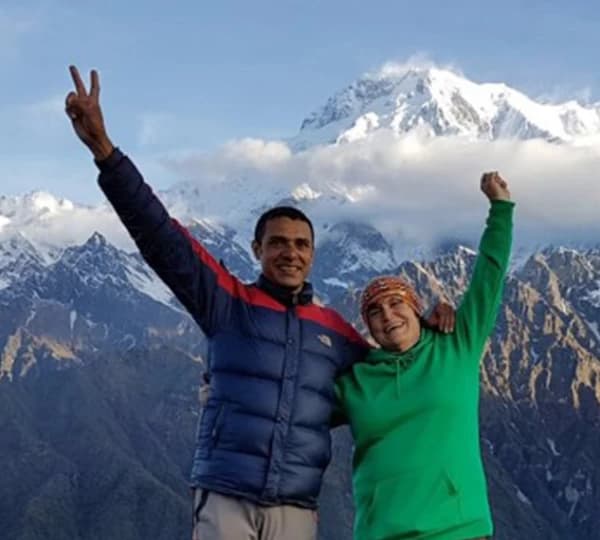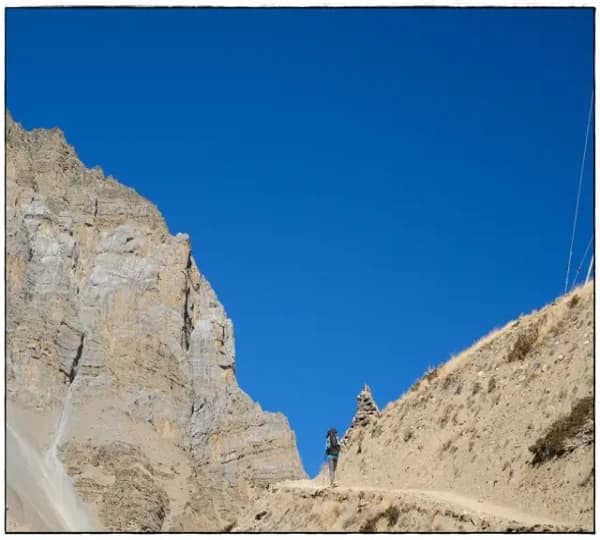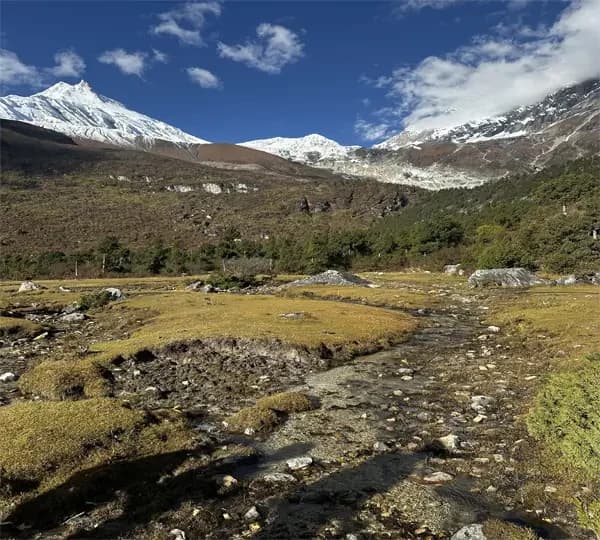The Everest Trek Guide
The Everest region trek is the most popular trekking among trekkers since there are majestic mountains in the area. The Everest region, located in the northeast of Nepal, is not only a famous destination for tourists in Nepal for its scenic views of the highest peak in the world, Mt. Everest [8,848 m, 29,035 ft], but also other mountains stretch across like white-shaped teeth. Besides the mountains, the region is well known for the loyalty and friendliness of its inhabitants, the Sherpa people.
Mt. Everest, the highest mountain in the world, is known as Sagarmatha (the goddess mother of the world) in Nepal. It has long been the greatest attraction for nature lovers and trekkers.
The Everest region is protected by the Sagarmatha National Park, established in 1976 and covering an area of 1148 square kilometers. Throughout the trekking region, trekkers are overwhelmed with the views of unbelievable peaks, Buddhist monasteries, and friendly Sherpa villages. Similarly, the common wildlife in the park is the Himalayan Tahr, Ghoral, musk deer, pikas (mouse hare), weasels, jackals, and other rarely seen animals such as the Himalayan black bear, wolf, lynx, and snow leopard. There are over 118 species of birds inhabiting the park; the most common among them are the Impeyan pheasant (Danphe), blood pheasant, red-billed cough, yellow-billed cough, snow cock, snow pigeon, Himalayan Griffon, and lammergeyer.
The geography of the Everest trekking area covers rugged, rocky valleys, alpine forests, meadows, neat Sherpa villages, glaciers, and icefalls. The region is arguably the most famous trekking route in the world, as it has the most breathtaking scenery. The vegetation at the lower elevation is dominated by pine and hemlock forest, while above 3,500 meters, the forest is dominated by silver fir, birch, rhododendron, and juniper trees. Growing barley and potatoes and raising yaks are some of the notable occupations. The majority of young people in the region are engaged in mountaineering and trekking guides during the season.
The Everest region offers different spectacular trekking trails: Everest Base Camp trekking, Kala Pattar trek, Gokyo Ri trekking, Gokyo Cho La pass trekking, and Renjo La Pass trekking. Everest high pass trekking, Everest view trekking, Everest panorama trekking, Everest comfort trekking, Jiri Everest base camp trekking, Everest base camp trekking, Island peak climbing, Everest high pass trekking, Gokyo valley Tyangboche trekking, Mera peak climbing, Amphu Lepcha pass trekking, and Everest balcony trekking, among others.






